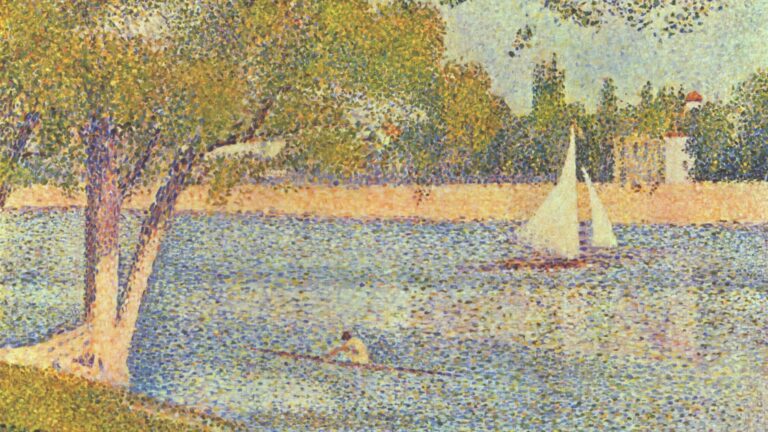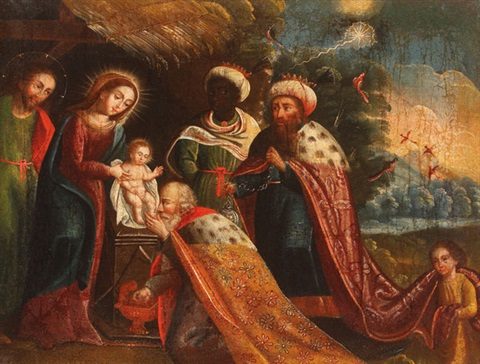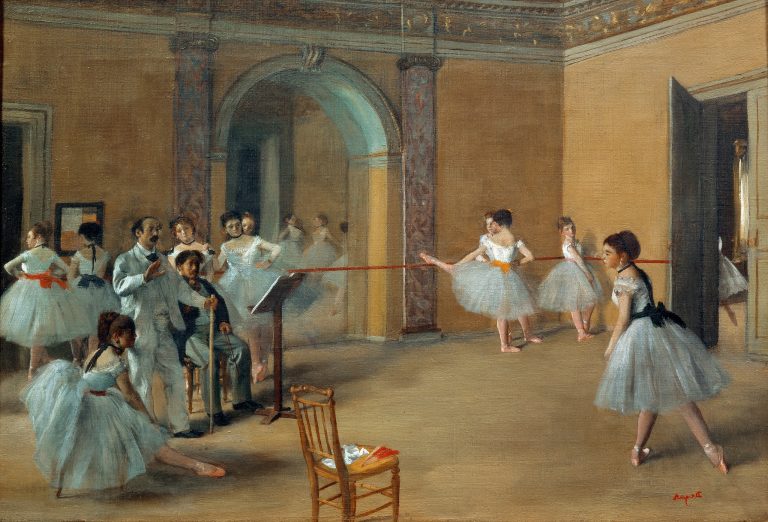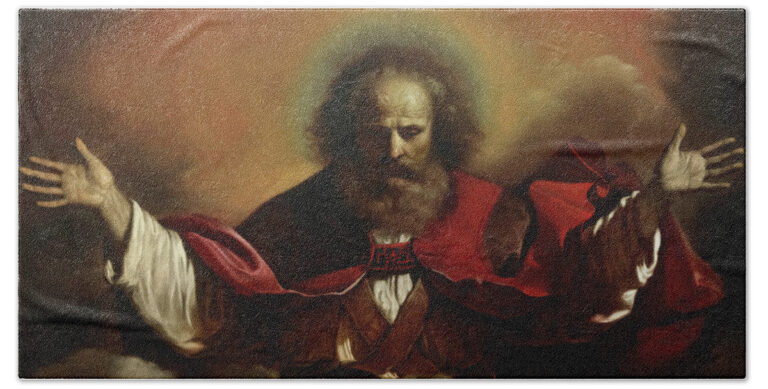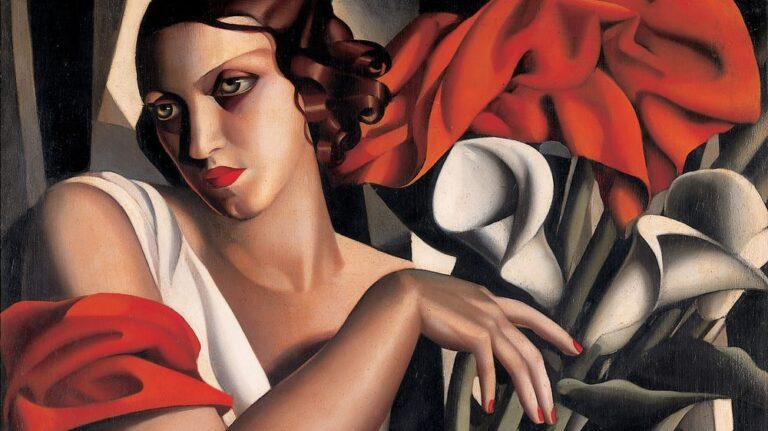3 Remarkable Achievements of Mikhail Lebedev: Master of Russian Landscape Art
Mikhail Lebedev: The face behind the brush of Russian realism in landscape painting.
Mikhail Lebedev became a significant figure in Russian art, emerging from a background of serfdom to achieve formal education and recognition for his artistic talents.
Birth and Early Years
Mikhail Ivanovich Lebedev was born on November 4, 1811, in Dorpat (now Tartu, Estonia), which was then part of the Russian Empire. He was born into the family of an impoverished serf, a condition that defined the early years of many in Russia during that time. The abolition of serfdom in his region during the 1820s allowed him the chance to pursue education, a rare opportunity for someone of his social standing.

Imperial Academy of Arts
Lebedev’s artistic promise became evident when he enrolled at the Imperial Academy of Arts. His dedication and skill culminated in receiving a Gold Medal, the Academy’s highest accolade. The honour marked a turning point in his life, signifying both his formal recognition as an artist and the end of his formal training at the Academy, as the award often came with the opportunity to travel abroad to further one’s studies.
Artistic Career and Achievements
Lebedev’s career is marked by significant recognition, a transformative Italian journey, a focus on landscape painting, and contributions that shaped his unique artistic style. His expertise in colour contrasts and depictions of natural landscapes distinguished him among Russian painters.


Initial Recognition and Works
Lebedev’s artistic talents were apparent early on, leading to pivotal support shaping his career. In 1833, he was awarded the major gold medal for his painting entitled “View of Ladoga,” signalling his initial foray into public acclaim and providing a platform for his future successes.
Journey to Italy
Following his initial success, Lebedev travelled to Italy in 1834. There, he was met by the Russian artistic community, including the prominent artist Karl Brullov. The pension from the Academy facilitated his stay, where he immersed himself in the Italian landscape, significantly influencing his work thereafter.
Painter of Landscapes

Lebedev became renowned for his landscape paintings, capturing the essence of Italy’s natural beauty through his works. The Tretyakov Gallery in Moscow houses some of his notable canvases, such as “Windy Day” and “In A Park,” both dated circa 1833.
Contributions and Artistic Style
Lebedev’s contributions to Russian art are evident in his masterful blend of realism and emotive colouristic contrasts. His works display an interplay of light and shadow, with an attention to detail that brought scenes to life. His style remains a celebrated component of the 19th-century Russian art movement.
His peers, including Maxim Vorobiev and Karl Brullov, recognized his talents. Lebedev’s paintings, often set in Rome and Naples, demonstrated his ability to convey the subtleties and vibrancy of natural landscapes, securing his legacy as a significant figure in Russian artistic heritage.

Legacy and Final Years
Mikhail Ivanovich Lebedev left a significant mark in the world of landscape painting, with his final years characterized by remarkable artworks and a tragic end due to an epidemic. His contributions have kept his memory alive within the art community and public spheres, especially in Russia and Italy.
View of Castel Gandolfo
Lebedev’s journey as an artist reached its zenith with creating some of his most beautiful landscapes including “View of Castel Gandolfo”. Located near Rome, Castel Gandolfo was a subject that allowed him to capture the region’s serene ambience and natural beauty masterfully. These works markedly combined his deep study of nature with a refined sense of atmosphere, setting a standard for landscape painting that resonated with both his contemporaries and future generations.

Epidemic of Cholera and Demise
In 1837, during a cholera epidemic that swept through the Kingdom of the Two Sicilies, Lebedev succumbed to the disease. His untimely death at the age of 26 in Naples, Italy, cut short a promising career. Despite his brief life, Lebedev’s legacy endured through his landscapes, influenced by his studies at the Academy at Saint Petersburg and time spent with mentors such as Maxim Vorobyov and Nikolai Ramazanov. His artworks like “View of Ladoga”, and those depicting regions such as Sorrento and Capri, continue to testify to his profound impact on Russian landscape painting.

Frequently Asked Questions
Mikhail Lebedev was a prominent figure in Russian landscape painting during the 19th century. This section answers common queries regarding his life, influences, and artistic contributions.
Who was Mikhail Lebedev and what is his significance in the art world?
Mikhail Ivanovich Lebedev was a Russian painter born on November 4, 1811, and passed away on July 13, 1837. His significance lies in his realistic portrayal of landscapes, which contributed significantly to the Russian Realism movement in art.
What are some of Mikhail Lebedev’s most acclaimed works?
Lebedev is known for his landscape paintings. Among his most acclaimed works are his detailed and vibrant depictions of the Italian and Russian countryside, which reflect his mastery in capturing the beauty of nature.
How did the Cypriot culture and landscape influence Mikhail Lebedev’s artwork?
There is no direct information linking Lebedev with Cypriot culture and landscape influencing his work. Lebedev is primarily known for his Italian and Russian landscapes.
What were the main themes and styles depicted in Mikhail Lebedev’s paintings?
Lebedev’s paintings often depicted natural landscapes with a high level of detail and a focus on realism. His style is characterized by a delicate interplay of light and shade, adding depth and atmosphere to his scenes.
Can Mikhail Lebedev’s impact on Russian landscape painting be described?
Lebedev’s impact on Russian landscape painting is significant. He is credited with bringing a new level of emotional depth and naturalistic detail to the genre, influencing subsequent generations of Russian artists.
Where can one view Mikhail Lebedev’s original paintings?
Original paintings by Mikhail Lebedev can be viewed in various art museums in Russia, particularly in the Tretyakov Gallery in Moscow, which houses a collection of Russian art, including works by Lebedev.




